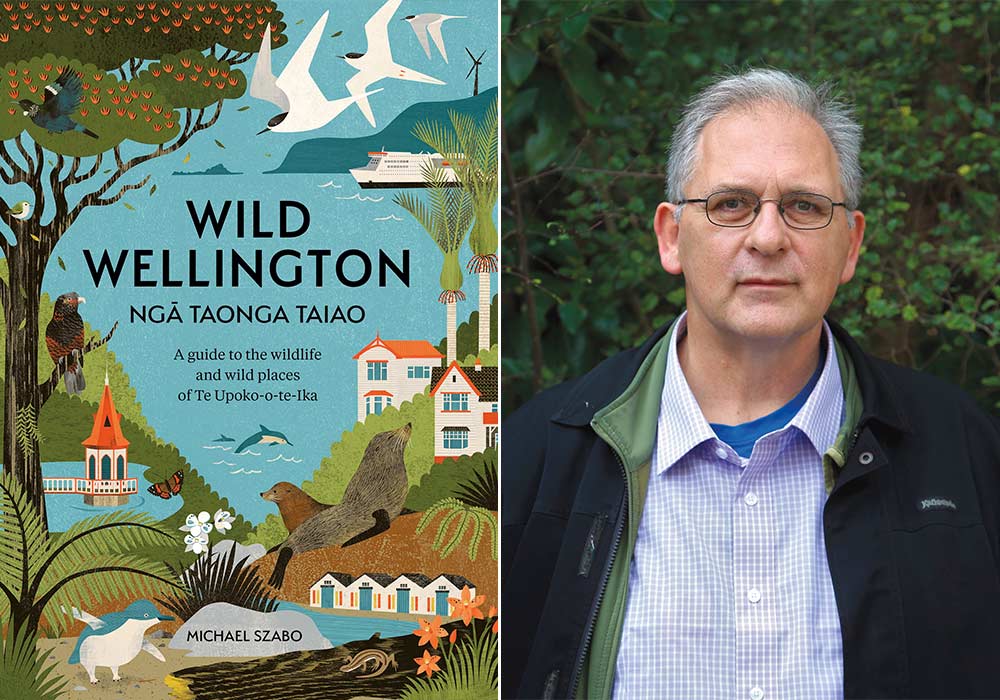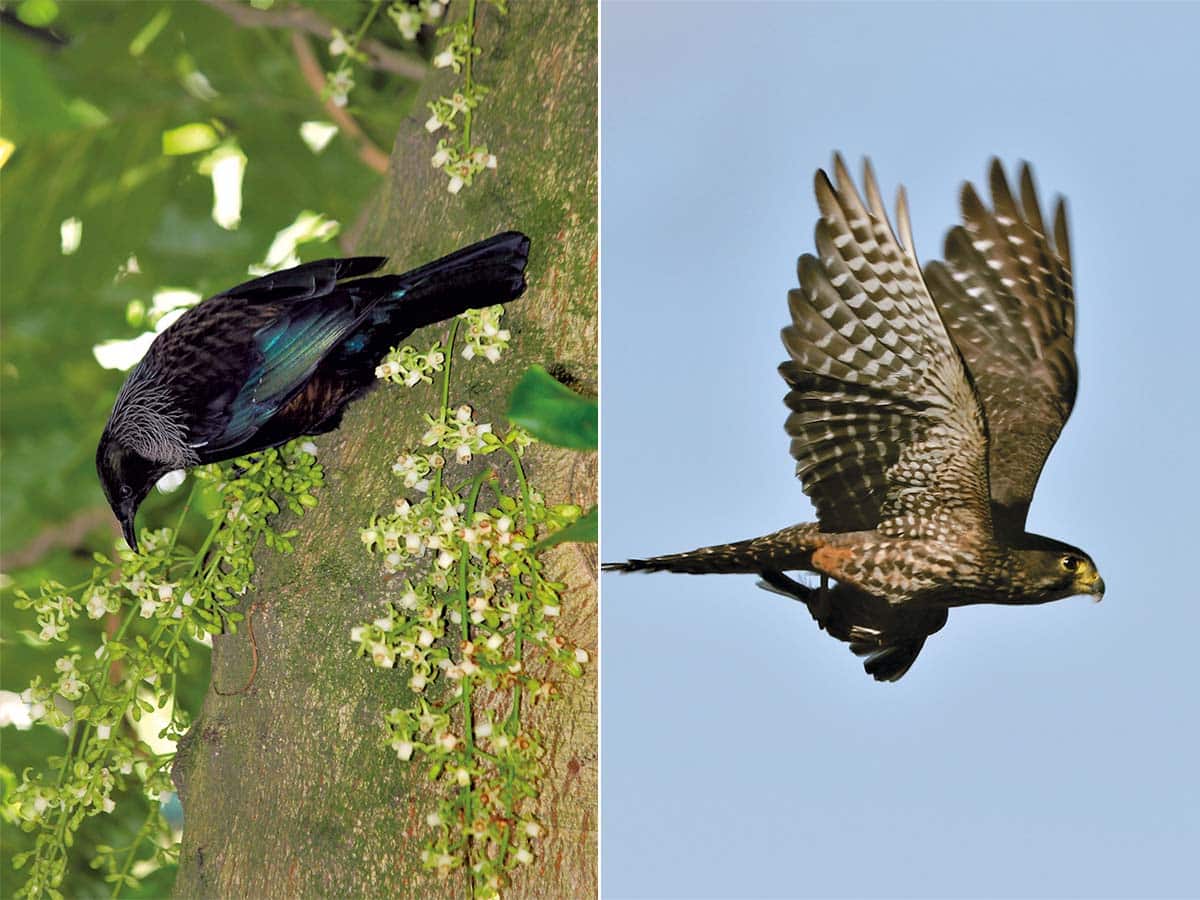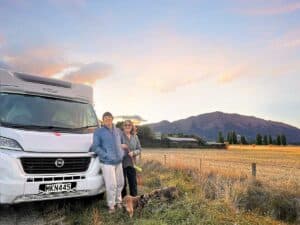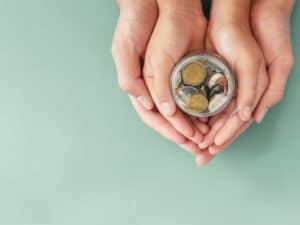There’s more to Wellington than its iconic tourist highlights (Weta Workshop, Museum of New Zealand Te Papa Tongarewa, Wellington Botanic Garden, Oriental Bay, Cable Cars, Carter Observatory, etc.). Well-known Wellington writer, photographer and environmentalist Michael Szabo takes a deep dive into a wholly unexpected layer of the capital city.
Richly illustrated, his recently released book Wild Wellington Ngā Taonga Taiao (Te Papa Press) offers an easy-to-follow guide to Wellington’s abundant wildlife and protected areas, treating visitors (and locals) to an experience unlike any other.
The book describes many of Wellington’s nature restoration projects including the Zealandia ecosanctuary, Kapiti Island, Mana Island, Matiu/Somes Island, Taputeranga Marine Reserve, Predator Free Wellington and Capital Kiwi Project. Michael also shares how to get to these special places along with the many walks in each area.
Motorhomes, Caravans & Destinations finds out more:
Q. There are more than 500 species covered in the book, which is pretty mind-blowing. How did you start to write with such a huge cast of characters?
A. Each chapter has a slightly different focus, showcasing different wildlife or habitats. For example, at Zealandia the focus is on the native forest birds and the reptiles, at Taputeranga Marine Reserve it is on the coastal marine wildlife, and at East Harbour Regional Park it is on the tawhai beech forest and native orchids. Over the 30 chapters, that’s an average of about 17 species per chapter, but of course there are many more species than that to be found at each site! I’ve been very fortunate to be able to learn from others with more knowledge of where to look for certain species or habitats, and over time I’ve been out and explored these wild places repeatedly for myself.
Q. How did you select the 30 locations featured in the book?

A. The Wellington area has many of the geographic features that typify Aotearoa so the sites featured in the book are a representative selection, covering a broad range of species and habitats. That means there is something for everyone, from short walks in urban parks to longer hikes up and down maunga, and short ferry trips to longer pelagic seabird-watching trips at sea. Accessibility and free entry were also a consideration because I didn’t want price to be a barrier to experiencing to what the region has to offer. The Wellington area has good public transport network coverage with many electric buses and trains, which means all but a couple of the sites in the book can be reached by public transport. The three island sites all require a short ferry ride. All the mainland sites are free to enter except Zealandia.
Q. Almost all of the photographs in the book were taken by you. Do you have any tips for readers who might also want to photograph/record the wildlife they discover?
A. The first priority is always to obey the rules at each site and consider the welfare of the wild species within them. I find that the more I know a species, the better my photographs are likely to turn out. If you understand the behaviour of the kārearea New Zealand falcon, you will be more able to anticipate a bird’s next move and be prepared to take photos of them doing different things – their kek-kek-kek call can tell you when they’re around, and some of their behaviours such as preening and prey-swapping can make for great photos. There’s no substitute for patience.
Q. What are two or three key things you write about that you really hope readers are lucky enough to see or experience?
A. It’s not difficult to see a flock of kākā or tūī at the Botanic Gardens but if you want to see a different sort of spectacle, there’s the winter fur seal haul out at Te Rimurapa Sinclair Head, and the chance of seeing large pods of dolphins off Houghton Bay or Island Bay in summer. If you want to see breeding seabirds and waterfowl the Waikanae Scientific Reserve has both in good numbers. For flowering native plants, there is the spectacular flowering of kohekohe at the Botanic Garden and Ōtari Wilton’s Bush in May-June, and the sublime flowering of the northern rātā and various native orchids at the East Harbour Regional Park in late spring and early summer.






